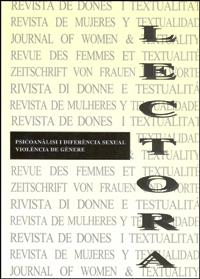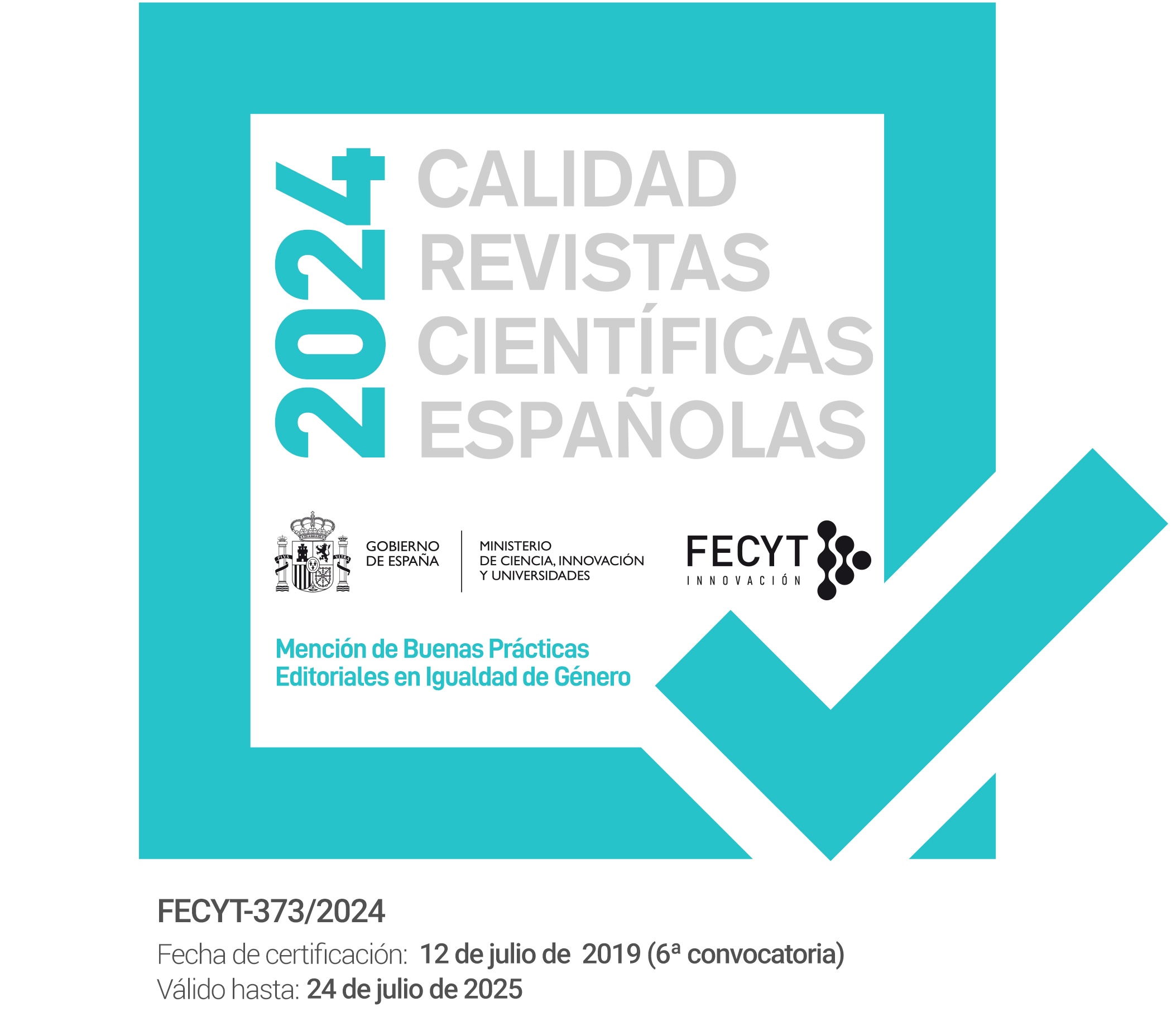Fotografiar el perfume
Resum
H. Cixous does not identify “Woman” with biological sex, not even with one gender, but with the “capacity to embrace the other”. So the writing which is open to alterity is “feminine”, even if the author is a man, because “a man-that-writes” is no longer a man, according to Cixous. However, Cixous led feminist literary theory, from 1975 onwards, to ponder the relationship between writing and the body, without using the sexual categories of man/woman. Taking Cixous's “Contes de la différence sexuelle” as a starting point, M. Negrón describes Cixous’s “writing in movement” as that which aims at an impossible objective, “photographing the perfume”, that is, exploring interiority, describing what cannot be described, saying what cannot be said.Descàrregues
Publicades
Com citar
Número
Secció
Llicència
Els autors i les autores conserven els drets d’autoria i atorguen a Lectora: revista de dones i textualitat el dret de difusió. L'’obra serà disponible simultàniament sota una Llicència de Reconeixement-NoComercial- SenseObraDerivada de Creative Commons que, si no si indica el contari, permet compartir l’obra amb tercers, sempre que aquests en reconeguin l’autoria i la publicació inicial en aquesta revista.
Els autors i autores són lliures de fer acords contractuals addicionals independents per a la distribució no exclusiva de la versió de l’obra publicada a la revista (com ara la publicació en un repositori institucional o en un llibre), sempre que se’n reconegui la publicació inicial en aquesta revista.
S’encoratja els autors i autores a reproduir la seva obra en línia (en repositoris institucionals, temàtics o a la seva pàgina web, per exemple), amb l’objectiu d’aconseguir intercanvis productius i fer que l’obra obtingui més citacions (vegeu The Effect of Open Access, en anglès).




